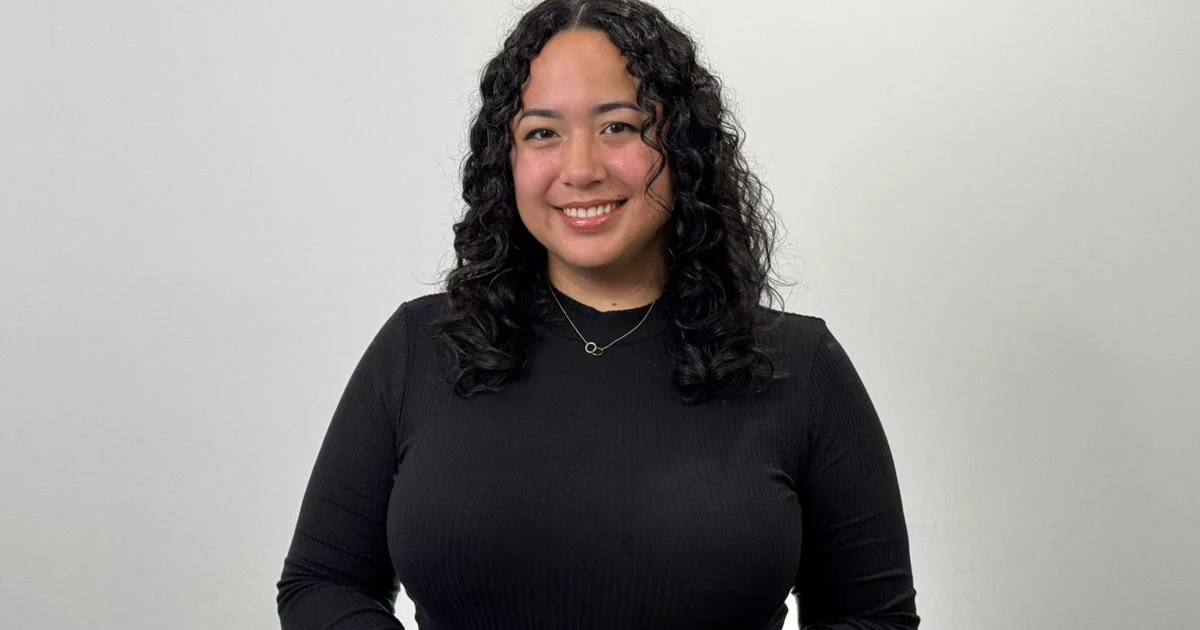Copyright guampdn

Bringing your baby home is one of life’s most joyful moments. It’s also one filled with questions about sleep and overall safety. Creating a safe sleep environment is one of the most important things you can do to protect your baby and reduce the risk of sudden infant death syndrome, SIDS. Safe sleep practices are straightforward and easy to follow once you understand them. Let’s walk through the essential steps to give your baby the safest possible start. Back is best Place your baby on their back for every sleep—naps, nighttime and even quick dozes. Babies who sleep on their backs are at significantly lower risk for SIDS. It might seem simple but this one practice has saved countless lives since health experts began recommending it decades ago. Make sure everyone who cares for your baby, grandparents, babysitters and daycare providers, knows this rule, too. Create the perfect sleep space Your baby’s sleep surface matters. Use a firm, flat mattress in a safety-approved crib, bassinet, or play yard. Cover it with a fitted sheet. Nothing more. Avoid inclined surfaces, even if they seem comfortable. Soft bedding might look cozy, but it poses serious risks. Keep the sleep area completely clear of pillows, blankets, bumper pads, and stuffed animals. Think of it as a minimalist design with maximum safety. If you’re worried about your baby getting cold, dress them in a sleep sack or wearable blanket instead of using loose blankets. These keep babies warm without covering their face or creating suffocation hazards. Keep your baby’s sleep space in your room for at least the first six months. This allows you to hear and respond to your baby quickly while maintaining a safe sleep environment. However, your baby should sleep in their own crib or bassinet, not in your bed. Bed-sharing significantly increases the risk of suffocation and SIDS, no matter how careful you think you’ll be. Having your baby within arm’s reach but in their own safe space gives you both the best of both worlds. Watch the temperature Babies can’t regulate their body temperature as well as adults can. Overheating increases SIDS risk, so dress your baby in light sleep clothing. One layer more than you’re wearing is a good rule of thumb. Check periodically that your baby isn’t too hot by feeling their chest or back of the neck. If they’re sweating or their chest feels hot, remove a layer. Beyond the sleep environment Safe sleep is crucial, but other practices also help protect your baby. Breastfeeding, if possible, is associated with reduced SIDS risk. Even partial breastfeeding offers benefits. Consider offering a pacifier at naptime and bedtime once breastfeeding is well established. Research shows pacifiers may reduce SIDS risk. Just don’t attach it to your baby’s clothing or use a strap. Create a smoke-free environment. Don’t smoke during pregnancy, and don’t allow anyone to smoke around your baby. Secondhand smoke exposure increases SIDS risk significantly. Similarly, avoid alcohol, marijuana, opioids and illicit drugs during pregnancy and after birth. These substances impair your ability to care for your baby safely and increase SIDS risk. Support your baby’s development While babies should always sleep on their backs, they need tummy time when awake and supervised. This helps strengthen their neck, shoulder, and arm muscles. Start with just a few minutes several times a day and gradually increase as your baby grows stronger. Keep up with routine immunizations, too. Babies who are up to date on their vaccines have a lower risk of SIDS. Making it work Implementing these practices doesn’t have to feel overwhelming. Start before your baby arrives by setting up a safe sleep space. Remove any items that don’t belong. Practice placing a doll on its back in the crib. Talk with your partner, family members, and caregivers about these guidelines. Everyone needs to be on the same page. Post a reminder near the crib if it helps. Remember, consistency is key. Every sleep counts—even that quick afternoon nap or the middle-of-the-night feeding when you’re exhausted. Those are the times when it’s most tempting to take shortcuts, but they’re also when vigilance matters most. Creating a safe environment is one of the most powerful ways to protect your baby. These practices are evidence-based and proven to save lives. By following them, you’re giving your baby the best possible start. Your baby is counting on you, and you’re already doing a great job by learning and implementing these practices. Stay vigilant and stay consistent. Your little one will thank you.



